Report this entry
More from the same community-collection
Pebble Hills High School - El Paso, Texas
Pebble Hills High School is the newest high school in the ...
Socorro High School, Socorro, Texas
Socorro High School, opened in fall of 1965 with A. D. Weir ...
Purple Heart Elementary School
Purple Heart Elementary School opened its doors under the belief ...
El Paso Vietnam Veterans - 2016
El Paso, Texas: City Rep. Acosta, Dist. 3, Chair for the Welcome ...
Montwood Middle School - El Paso, Texas
Montwood Middle School opened its doors on July 14, 1997 to ...
Mission Early College High School
In August 2005, Socorro Independent School District and the El ...
Welcome Home El Paso Vietnam Veterans - 2016
Photograph - families uploading photographs of Vietnam Veterans. ...
The Sullivans on the Fourth of July in 2012
The Sullivan's celebrating alongside their pet Charlie in ...
The Sullivans enjoying some quality time alongside Charlie
Connie and Charlie Sullivan enjoying an embrace alongside their ...
Charles Sullivan celebrating New Years Eve
Local El Pasoan Charles Sullivan celebrating New Years Eve in ...
Charles and Connie Sullivan celebrating Saint Patricks Day
The Sullivans Celebrating Saint Patrick's Day in 2011 alongside ...
Family Grandchildren very supportive of sick Grandfather
From left to right: Milagro Weikel, Charles Sullivan and Andrew ...

















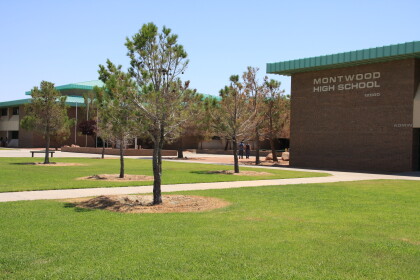
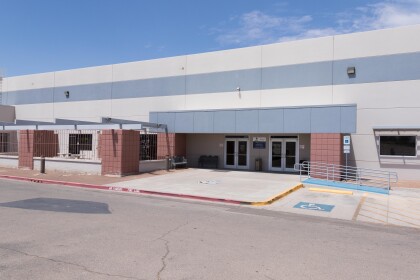
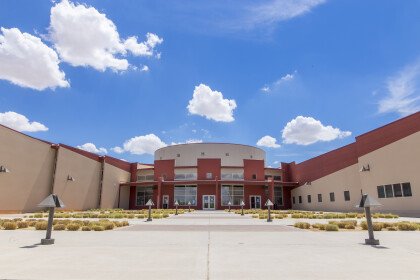
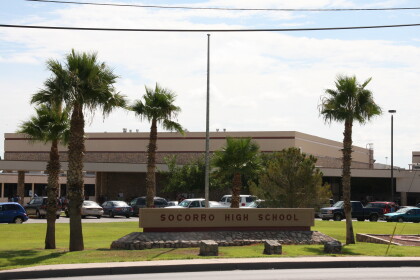
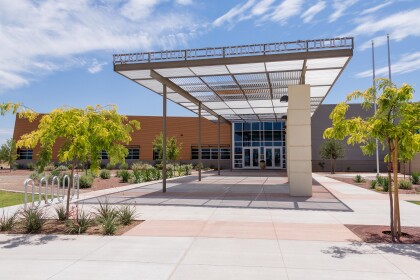
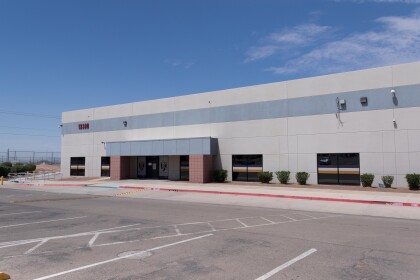
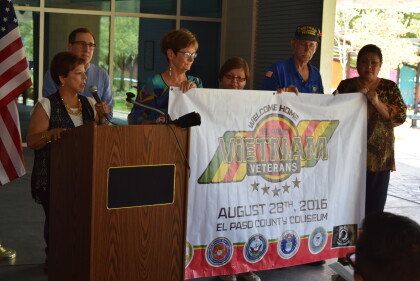
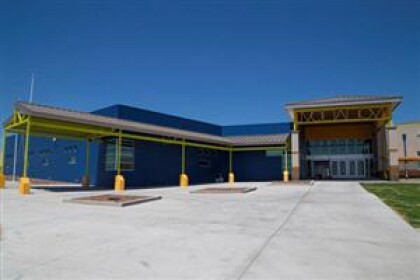
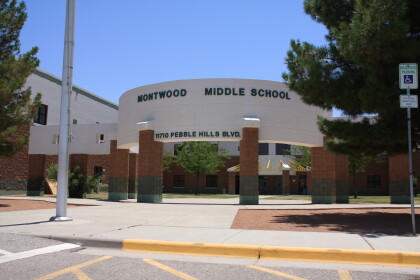
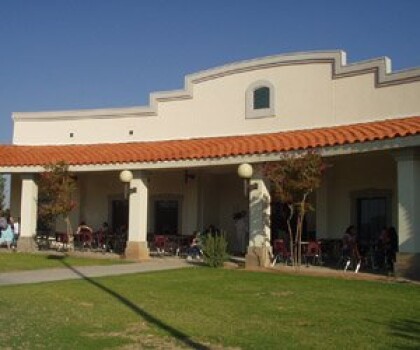
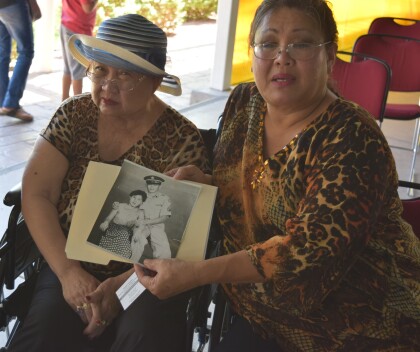
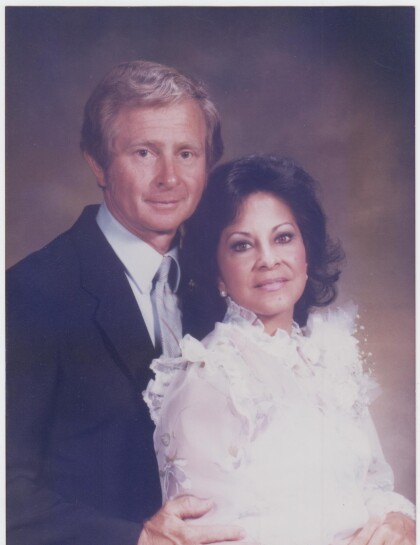
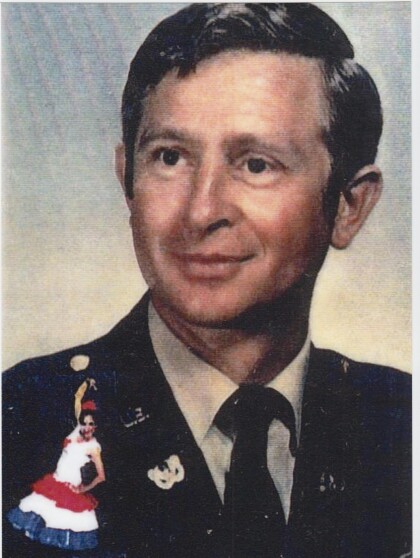


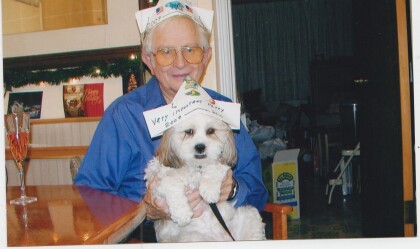

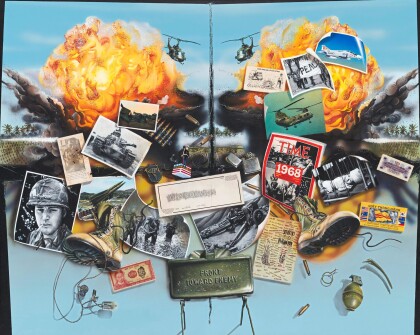
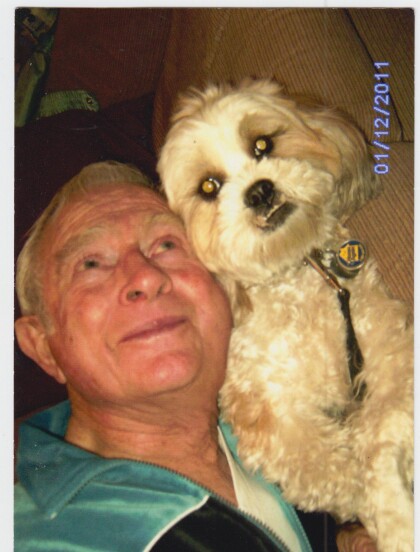

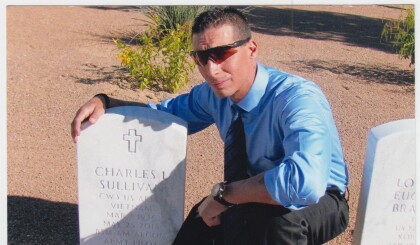
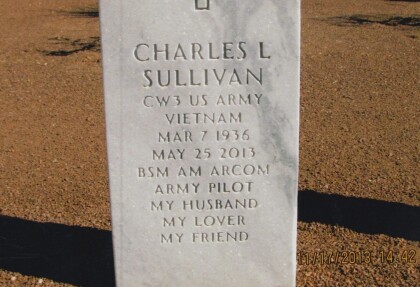

Comments
Add a comment